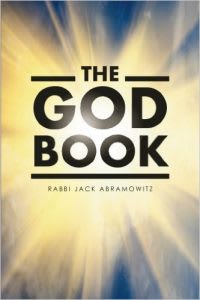31. Further Elaboration of Ezekiel's Vision
In the first chapter of his book, the prophet Ezekiel describes a vision he had of angelic beings, Chayos ("living things") and Ofanim ("wheels"). In the tenth chapter, he has another vision, which sheds further light on the things he perceived [III, 3]. In his second vision, Ezekiel replaces the word Chayos with K'ruvim, AKA "Cherubim." Verse 20 tells us explicitly, "This is the living thing I saw under the God of Israel by the river Kevar, and I knew that they were Cherubim." From this, we understand that the undefined "living things" of chapter one were in fact angels, namely Cherubim.
Other things that Ezekiel clarified in chapter 10 include that the Ofanim were spherical (verse 13) and that they involuntarily moved in whatever direction their heads faced (verse 11). Another detail about the Ofanim that Ezekiel did not mention earlier is that the Ofanim had bodies with flesh, backs, hands, and wings (verse 12), none of which were mentioned earlier.
We also see from chapter 10 that each Cherub was assigned an Ofan (verse 9), that each Cherub was fourfold in nature (inferred from verses 19-20) and that each Ofan was likewise fourfold in nature (verse 10).
These are other details are elaborated upon in Ezekiel's second angelic vision.
Another point: we mentioned that Ezekiel clarifies that the Ofanim were spherical. The Rambam cites the Targum Yonasan, who takes this to mean that "Ofanim" actually refers to the Heavenly spheres [III, 4]. The Rambam evaluates this opinion and finds some difficulties with it. He concludes that the word galgal (sphere) can refer to anything that is spherical, not just Heavenly bodies. Ezekiel's intention, the Rambam decides, is merely that the Ofanim are round, not that they are the stars and planets.
The Rambam tells of not to be surprised that he cites an opinion with which he disagrees. Of course there are going to be disagreements when it comes to unraveling the meaning of such esoteric passages! Not only that, he doesn't even favor his own opinion. Rather, he lays them both out for the reader's consideration.
Finally, the Rambam cites the Talmud (Chagigah 13b), which tells us that the prophet Isaiah saw everything that Ezekiel saw [III, 6]. Isaiah's descriptions, however, are far less detailed. For example, Isaiah 6:1-2 says, "...I saw God sitting on His throne...above it stood the Serafim..." The Talmud there explains the difference between Isaiah's account and Ezekiel's with a simile:
Isaiah and Ezekiel both saw the King. The people of Isaiah's generation were like citizens who reside in a kingdom's capital, while those of Ezekiel's generation were like townspeople who reside in a distant village. When a resident of the capital says, "I saw the king today," his neighbors will reply, "You did? That's nice." They don't need elaboration because they're used to seeing the castle, the king's carriage, his retinue, etc. But when a villager sees the king, it's an uncommon experience. His neighbors want to know all about the king's appearance, his armor, his horse, and more. This is the reason why Ezekiel's description of his Heavenly vision is so much more detailed than Isaiah's.

